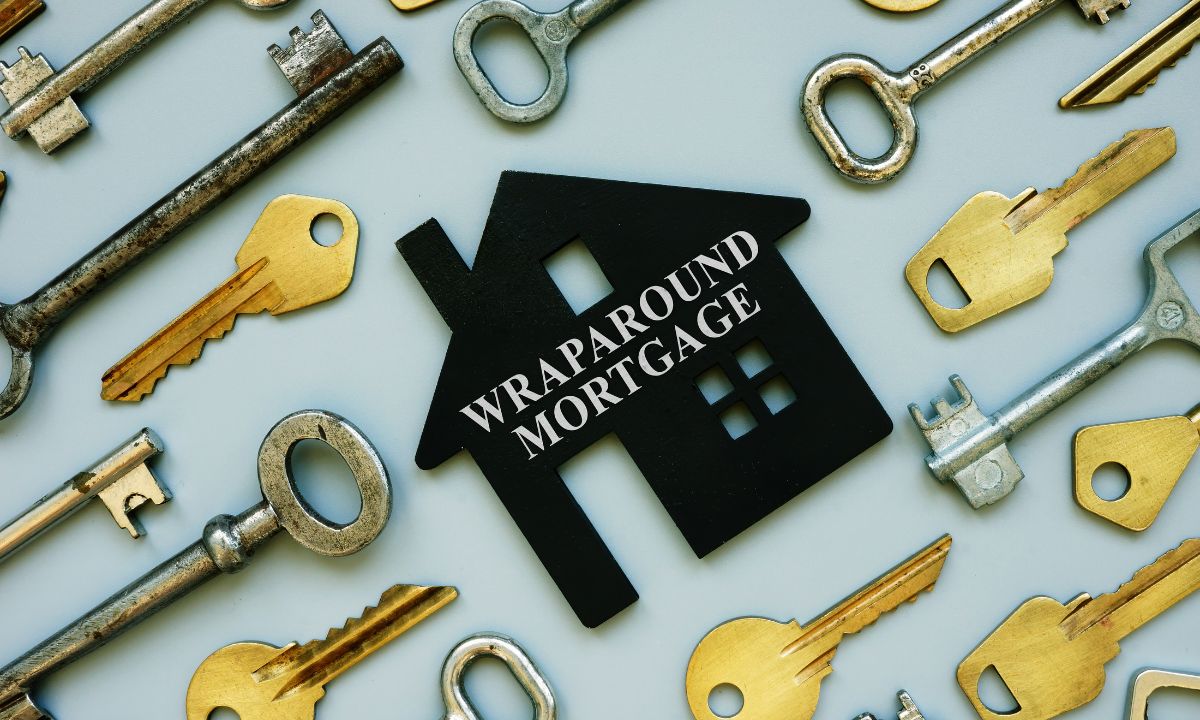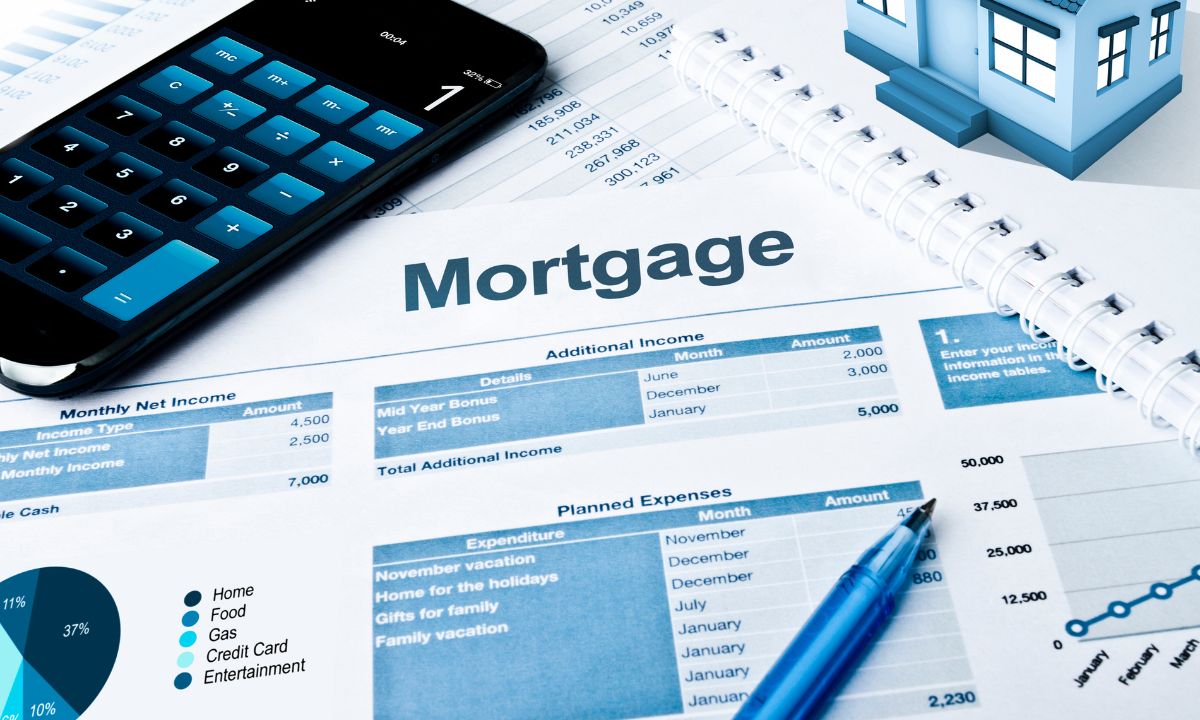The Difference Between Prime and Subprime Mortgages
 Understanding the difference between prime and subprime mortgages is essential for anyone entering the world of home financing. Prime mortgages are tailored for individuals with exemplary credit scores and stable financial profiles, offering them lower interest rates and more favorable loan conditions. Conversely, subprime mortgages are intended for those with lower credit scores or a history of financial setbacks, resulting in higher interest rates and less beneficial terms. Let’s take a look at both.
Understanding the difference between prime and subprime mortgages is essential for anyone entering the world of home financing. Prime mortgages are tailored for individuals with exemplary credit scores and stable financial profiles, offering them lower interest rates and more favorable loan conditions. Conversely, subprime mortgages are intended for those with lower credit scores or a history of financial setbacks, resulting in higher interest rates and less beneficial terms. Let’s take a look at both.
Prime Mortgages
You have a stellar credit score, a stable income, and a solid history of paying your bills on time. You’re what lenders call a prime borrower. Prime mortgages are tailored for individuals with excellent credit ratings and financial stability. Here’s what sets them apart:
Low Interest Rates: Prime borrowers often enjoy the lowest interest rates available in the market. Lenders view them as low-risk investments, so they’re willing to offer favorable terms.
Favorable Terms: Alongside low interest rates, prime mortgages typically come with other perks such as lower fees, flexible payment options, and longer loan terms. These favorable terms make homeownership more accessible and affordable for those who qualify.
Stringent Requirements: To qualify for a prime mortgage, you’ll need to meet stringent criteria. Lenders scrutinize your credit history, income stability, employment status, and debt-to-income ratio. The better your financial standing, the more likely you are to secure a prime mortgage.
Higher Loan Limits: Prime borrowers may qualify for higher loan amounts compared to subprime borrowers. This allows them to purchase more expensive properties or borrow larger sums for home improvement projects.
Subprime Mortgages
Imagine you have a less-than-stellar credit score or a history of financial setbacks. You might still dream of owning a home, but traditional lenders might be hesitant to extend a loan to you. This is where subprime mortgages come into play:
Higher Interest Rates: Subprime mortgages typically carry higher interest rates compared to prime mortgages. Lenders perceive subprime borrowers as higher risk, so they offset this risk by charging higher interest to compensate for potential defaults.
Less Favorable Terms: Subprime borrowers often face less favorable terms, including higher fees, stricter repayment conditions, and shorter loan terms. These terms reflect the increased risk that lenders undertake when financing borrowers with less-than-perfect credit.
Easier Qualification: While prime mortgages have strict eligibility criteria, subprime mortgages are more accessible to borrowers with imperfect credit histories. Subprime lenders are willing to work with individuals who may not meet the criteria for prime loans, providing an opportunity for homeownership to a broader demographic.
Lower Loan Limits: Subprime borrowers may face lower loan limits compared to prime borrowers. This means you might be restricted in the amount you can borrow, potentially limiting your housing options.
The primary difference between prime and subprime mortgages lies in your creditworthiness and the associated terms and conditions of the loan. Prime mortgages cater to individuals with excellent credit and financial stability, offering low interest rates and favorable terms. On the other hand, subprime mortgages serve borrowers with less-than-perfect credit, providing an opportunity for homeownership albeit with higher interest rates and less favorable terms. Understanding these distinctions is essential when navigating the complex landscape of mortgage lending, empowering you to make informed decisions that align with your financial circumstances and homeownership goals.
 These days real estate transactions have become more and more creative with financing solutions that often emerge to meet the diverse needs of buyers and sellers. One such alternative is the wraparound mortgage, a financial instrument that has gotten both praise and caution within the real estate community. Understanding its advantages and risks is crucial for anyone considering this option.
These days real estate transactions have become more and more creative with financing solutions that often emerge to meet the diverse needs of buyers and sellers. One such alternative is the wraparound mortgage, a financial instrument that has gotten both praise and caution within the real estate community. Understanding its advantages and risks is crucial for anyone considering this option. Construction loans and mortgages are two important tools in the world of real estate financing. They each have specific purposes and come with their own set of rules and requirements. These differences cater to various needs when it comes to buying or building properties.
Construction loans and mortgages are two important tools in the world of real estate financing. They each have specific purposes and come with their own set of rules and requirements. These differences cater to various needs when it comes to buying or building properties.